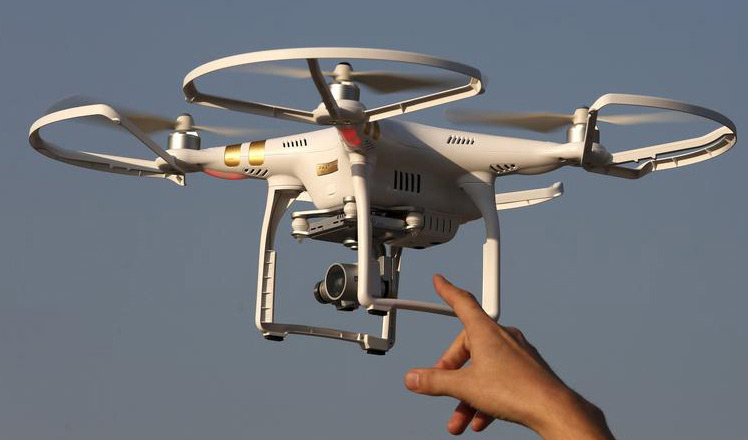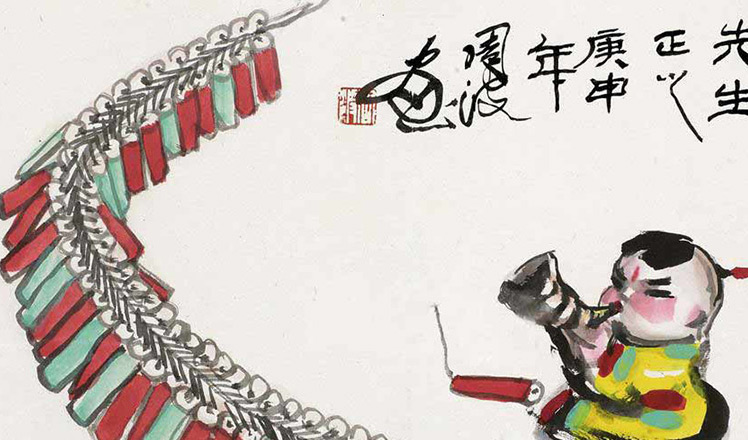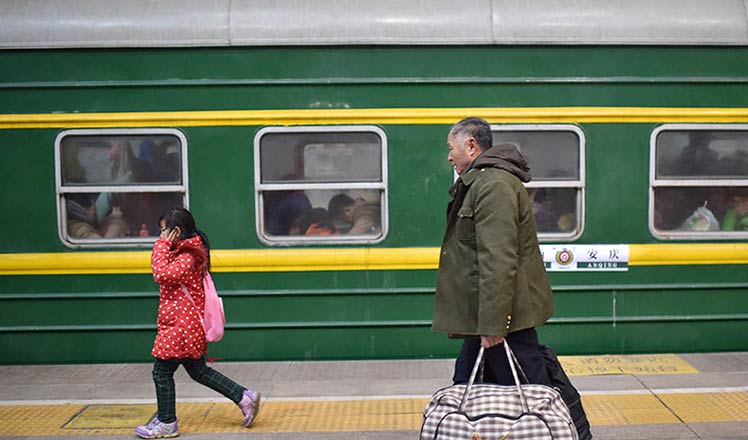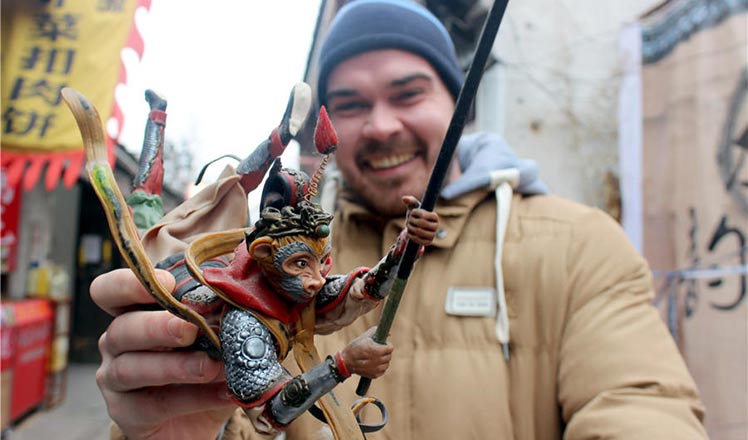China issues first 'traffic rules' for civilian drones
Updated: 2016-01-11 09:30
(CRI)
|
|||||||||
China's civil aviation regulator has issued its first-ever "traffic rules" for the operation of light-duty civilian unmanned aircraft.
The guidelines have been issued on a trial basis, as the country has witnessed remarkable growth in the number of civilian drones.
CRI's Wang Mengzhen has the details.
Li Bin started learning how to fly drones just three months ago.
But now, he has passed the licensing test and become a coach at Beijing Tiantu Aviation Technology Company.
Based on Li's experience, flying drones could be dangerous if no proper rules are put in place.
"Drones are not airplane models. They are much bigger and heavier. Even when a seven-kilogram one falls on the ground, it would not only be smashed, but it could also hit people. If people fly drones wherever and whenever they want, it will be a mess."
Right now, the number of qualified drone pilots in China exceeds 2,000. At the same time, up to 20,000 civilian drones are being flown.
However, the growing popularity of drones in the country has also triggered some safety concerns.
Last November, a video captured by a private drone showed a Chinese fighter jet making a landing - but the drone almost hit the jet.
Ke Yubao, secretary-general of China's Aircraft Owners and Pilots Association, says without certain rules, the situation could be very dangerous.
"Can you imagine what will happen, if there are no traffic rules for cars, no requirement for drivers' licenses and no number plates for cars? It's the same for aircraft in the sky."
Earlier this month, the Civil Aviation Administration of China issued specific regulations over different types of drones being flown in the country.
By doing so, the civil aviation regulator has classified them into seven categories based on their weight and functions.
The idea of big data management and China's "Internet Plus" strategy has also been introduced into the regulations.
Ke Yubao says it is very necessary to differentiate requirements for the various drone types.
"For those light and small consumer drones, the rules are relatively loose, so it will be convenient for ordinary people to play around. But for those big and heavy business-purpose drones, the rules are much more restricted, as they could cause more danger to people."
In recent years, drones have been widely used for agriculture, environmental protection, and disaster relief missions in China.
It is also estimated that drone production and sales in the country are set to exceed 100-billion yuan, or 15 billion US dollars in the next decade.
- A glimpse of Spring Rush: little migrant birds on the way home
- Policy puts focus on genuine artistic students
- Police unravel market where babies are bought, sold as commodities
- More older pregnant women expected
- Netizen backlash 'ugly' Spring Festival Gala mascot
- China builds Mongolian language corpus
- 2 Chinese nationals killed, 1 injured in suspected bomb attack in Laos
- New York, Washington clean up after fatal blizzard
- 'Plane wreckage' found in Thailand fuels talk of missing Malaysian jet
- Washington shuts down govt, NY rebounds after blizzard
- 7 policemen, 3 civilians killed in Egypt's Giza blast
- Former US Marine held in Iran arrives home after swap

 Drone makers see soaring growth but dark clouds circle industry
Drone makers see soaring growth but dark clouds circle industry China's Zhang reaches Australian Open quarterfinals
China's Zhang reaches Australian Open quarterfinals
 Spring Festival in the eyes of Chinese painters
Spring Festival in the eyes of Chinese painters
 Cold snap brings joy and beauty to south China
Cold snap brings joy and beauty to south China
 The making of China Daily's Tibetan-style English font
The making of China Daily's Tibetan-style English font
 First trains of Spring Festival travel depart around China
First trains of Spring Festival travel depart around China
 Dough figurines of Monkey King welcome the New Year
Dough figurines of Monkey King welcome the New Year
 Ning Zetao, Liu Hong named China's athletes of the year
Ning Zetao, Liu Hong named China's athletes of the year
Most Viewed
Editor's Picks

|

|

|

|

|

|
Today's Top News
National Art Museum showing 400 puppets in new exhibition
Finest Chinese porcelains expected to fetch over $28 million
Monkey portraits by Chinese ink painting masters
Beijing's movie fans in for new experience
Obama to deliver final State of the Union speech
Shooting rampage at US social services agency leaves 14 dead
Chinese bargain hunters are changing the retail game
Chinese president arrives in Turkey for G20 summit
US Weekly

|

|








